Early Bird
Deadline
January 31, 2026
Judging
Date
May 18, 2026
Winners
Announced
June 10, 2026
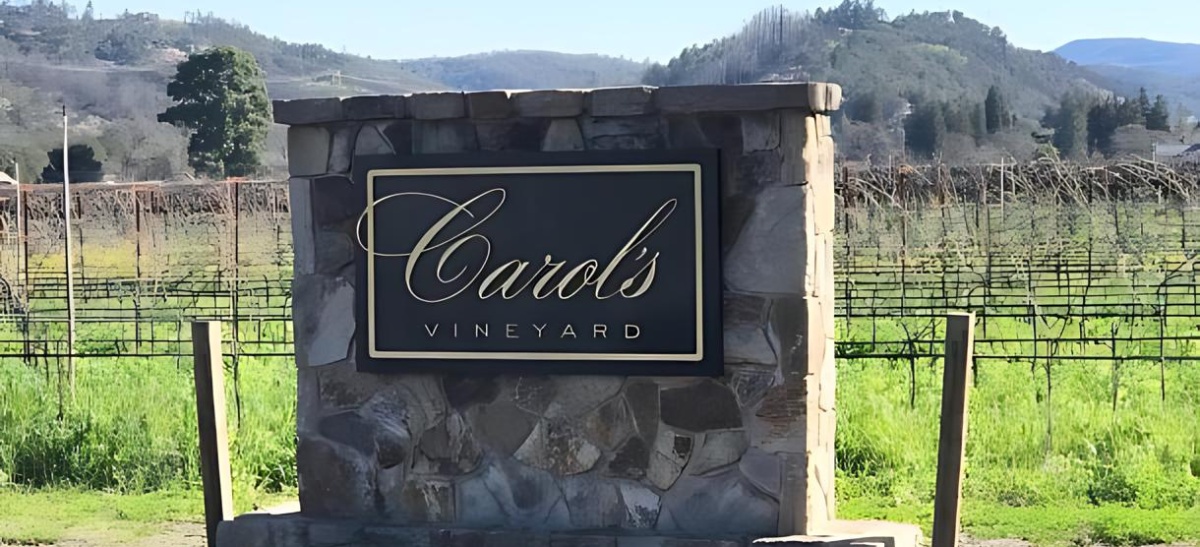
This family-run company grows, produces, and bottles a line of internationally recognized wines from more than 4,000 proprietary acres of Certified California Sustainable vineyards in Monterey County’s Arroyo Seco and Santa Lucia Highlands appellations, Paso Robles, and the St. Helena AVA in Napa Valley. Cynthia and Steve Lohr provided insights into the importance of sustainability within their business, the threat of climate change and water shortages, marketing wine to “Zilennials,” successfully working with lesser-known grape varietals and the importance of exports.
J. Lohr Vineyards & Wines produces about 1.7 million cases annually. Cynthia and Steve Lohr found time in their busy schedules to have a conversation with editor Charlie Leary. The three-spoke via Zoom in mid-August. Below is Part Two of the interview. Their hour-long conversation was edited for conciseness. Part one can be found here.
Steve Lohr: Yeah, great, great question. because I started our J. Lohr Sustainability Committee back in 2008 and joined the California Sustainable Wine Growing Alliance as a board member in 2010. I was chairman of the Alliance twice during my 12 years on the board. We've thought about going beyond and getting into organic, but it's not even quite right for us to say, “beyond,” because there's a whole lot you find in sustainability that you don't find in organic. And I know you know the differences there, but a lot of people don't. So, organic is great if you can do it, but in the end, you want to make sure you have the wine quality in the bottle. Sometimes where they're organic [wines], you can't quite necessarily maintain that. And that's not taking anything away. I've got a lot of friends or we have a lot of friends who are organically farmed and such, but it's not always the easiest thing to do.
What I really look forward to is the regenerative side because, yes, where you’re not tilling as much, therefore you're not creating as much greenhouse gas emissions and it's better for your soil health.
The only thing is that in California, the regenerative and the organic are locked together. In other parts of the world, they're separated where you can be regenerative but do not necessarily have to be organic. And so, we certainly use very, very few pesticides. In fact, many years ago, we did not use pesticides in our vineyards at all, but occasionally you do need to use them. So, we'd rather have that little out and maintain and build our quality than take that off the shelf.
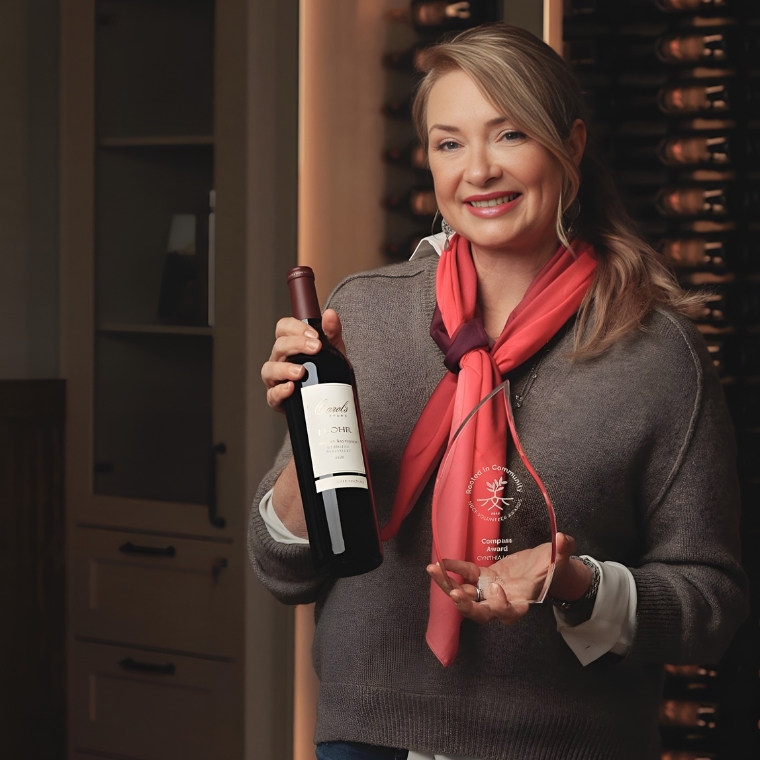
Image: Cynthia Lohr
Cynthia Lohr: And Charlie, too, with our particular sustainability badges, if you will, looking at what consumers and industries care about, this goes far beyond the environmental aspect of it, which is why we embrace California Sustainable Wine Growing Alliance's certifications. Because we have truly embraced the three E's of sustainability. I don't know another winery that has focused as deeply on the social equity “E” of sustainable stewardship.
The big challenge I see nowadays is how to communicate sustainability to consumers in a way that addresses their “why". So, for instance, I've been dancing around B [corporation] certification for a long time and I'm revisiting that to make a case for our pursuit of it, but only after I've done my due diligence into the consumer’s “why.”
Cynthia Lohr: Yes, sure. Understanding the health-focused mindset of that particular group and understanding that what drives them is meaningful experiences, and getting into their heads is really critical. Wine consumption is going to take on an entirely different consumer-driven focus, and we're adapting and investing in understanding what matters to them, all the while staying true to our authentic brand.
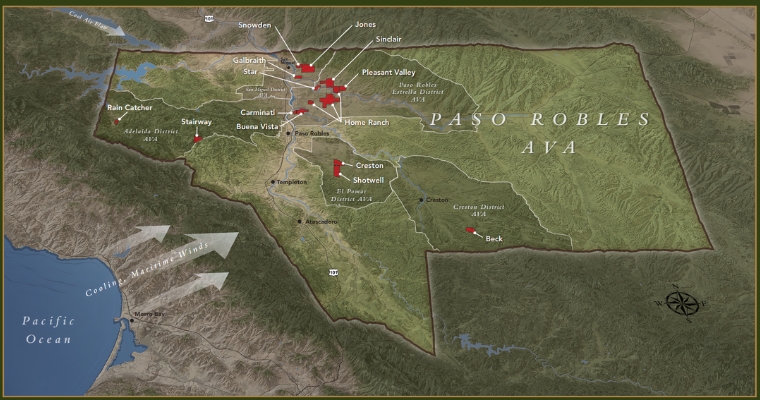
Image: J. Lohr Vineyards in Paso Robles
Cynthia Lohr: That is correct. So, we were fortunate to have [former President/COO] Jeff Meier with us for 37 years and really shape alongside Jerry and Steve and others, the finer attributes of our wine program and that ability to experiment through trials and our 40 distinct plots. So, the Rhone varieties made their way into our program when we were conceptualizing a wine club-exclusive wine: the J. Lohn Gesture Tier in which you find the Mourvedre and others of its ilk. So it's that love of experimentation informed by travel and experience that has allowed us to do that.
Steve Lohr: Yeah. I think that's part of what jazzes all of us and J. Lohr is the diversity. Growing up in four different appellations, we have so much to work with. And for instance, Valdiguié, which was one of the first, [among the] 11 varieties we planted in 1972, back when it was known as Napa-Gamay. We have always championed these lesser varietals. You think of Paso Robles as Cabernet, Syrah, and blends thereof. But oh my gosh, Petite Syrah does amazingly well in Paso Robles. We have a particular wine called Pure Paso, and it is a blend of roughly two-thirds Cabernet Sauvignon with one-third Petite Syrah. And then depending on the vintage, a little bit of Petit Verdot, maybe a little Malbec. But, it is just this wonderful expression of all things good and deep in red wine.
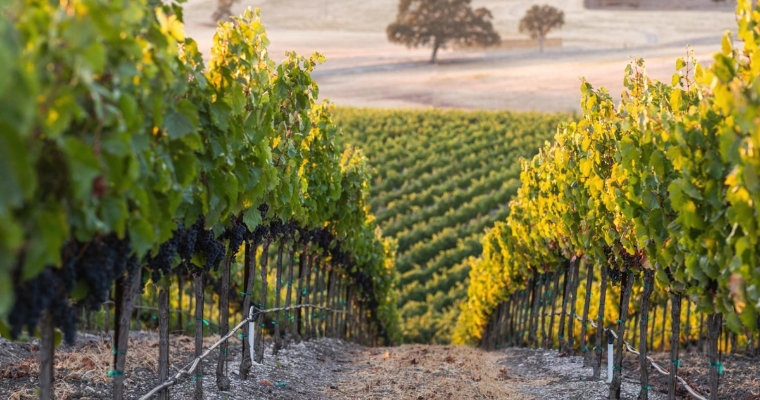
Steve Lohr: They are critical, very, very important to us. We distribute in 32 states altogether, and our exports make up about 15%, plus or minus, depending on the year of our overall sales. For many years, we had the best-selling Cabernet in the United States at over $14 a bottle. Now we're one of those top three, but no longer number one. But in Canada, we're still number one at any price. Even though it's on average $24.99 Canadian throughout the provinces, it still outsells Cabernets that are $12.99, $13.99 a bottle.
Steve Lohr: Yes, yes. So certainly the UK. In the Netherlands, we really rock because they don't have the allegiance to as much, I would say, to the French or the Germans as much as the Brits do. And they just love California, and they specifically love J. Lohr within California. So the Netherlands is actually probably our number one market when you look at it on a per-capita basis.
Other markets that are important to us would be Southeast Asia, where we're really growing. Still a smaller base compared to our neighbors to the north. Mexico is an important market. And you'll find us in South America, which blows my mind, with all the wine that's in Argentina and Chile, you'll still find J. Lohr there.
Cynthia Lohr: I actually come from the tech PR world before rejoining J. Lohr 22 years ago. And when I came back on board, we didn't have much of a kind of wine rating program. So, understanding back then how important the growing trend of wine ratings [was], not just from some of the marquee publications, but to give consumers a general benchmark. We have invested over the years in both media sampling, as well as the competition, because fortunately for a brand like J. Lohr, our wines show very, very well. And so we look at it as consumer education.
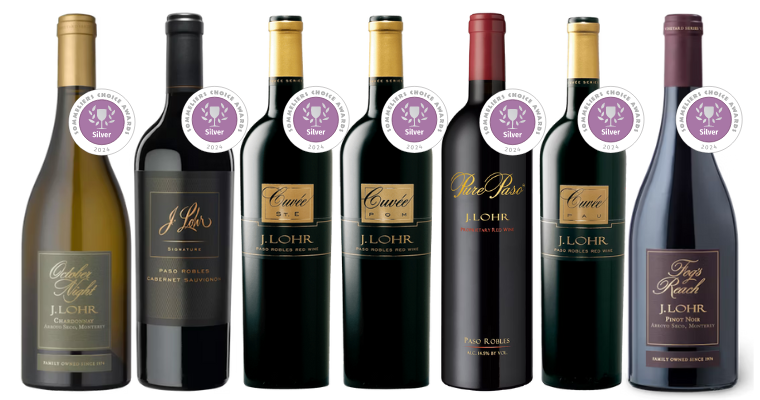
Images: 2024 Sommeliers Choice Awards Winners - (From L - R) J. Lohr October Night Chardonnay, J. Lohr Signature Cabernet Sauvignon, J. Lohr Cuvée ST. E, J. Lohr Cuvée POM, J. Lohr Pure Paso® Proprietary Red Wine, J. Lohr Cuvée PAU, J. Lohr Fog's Reach Pinot Noir.
It certainly ends up being a way to differentiate across our large portfolio, but also gives us the caché to help overturn some perhaps mistaken perceptions of J. Lohr being relegated to only a retail brand. It keeps us kind of fresh on the market. There’s always another avenue from which to leverage our wine ratings and scores. We use them to our advantage for numerous reasons.
Cynthia Lohr: Oh, absolutely. So, I think that's a great question. It's part of my personal ethos, as I know it is the Lohr family, and why I decided to go back to school and pursue my masters in May of 2022. This was to help use whatever I could in my toolbox to mitigate issues of climate change and social inequity. So, for a variety of years, we have had our hashtag J. Lohr women [#JLohrWomen] campaign. And the beauty of that is to not only spotlight women leaders within J. Lohr—because we are rare to have both a female co-owner and a female winemaker—but women in key roles in every facet of our business. Therefore by doing that, we are able to mentor across the industry and all these different facets, you know, science and sales and marketing and winemaking, et cetera, but also be a leader. It's incredibly important to all of us because we know that as a vertically integrated business, we have to serve the needs of our entire employee base, many of whom do not speak English. So how do we connect authentically with them, have them join us in our family of colleagues [moving] toward the same goal? I started the DE&I committee about four years ago, and I'm proud to say we've got men and women from all departments of our business. It's part of our sustainability ethos as a family-owned and -operated winery to do right by our employees and to recognize what's meaningful to them.
Steve Lohr: Yes, and I'll just add that it's really a natural extension of who we've been all along. The more recent focus on DEI that everybody's been talking about, we've been doing that for decades.
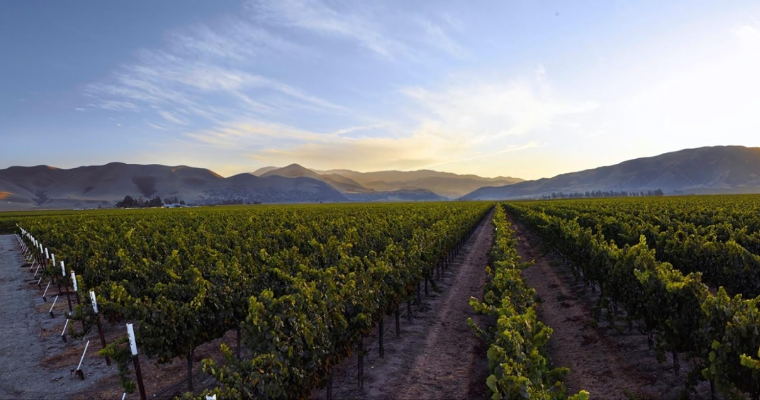
Steve Lohr: Absolutely, 100%. And it just simply has been called something different. Now the focus is on inclusivity and belonging. And so we're looking at, what does it truly mean to have an organization where everyone feels... as if they belong there, they're seen there, there's an opportunity for them. Very important to us as a family business and also shaped by the early loss of our mother due to complications from breast cancer.
We started an initiative 16 years ago called J. Lohr Touching Lives and $3 from every bottle of her namesake wine, the Carol's Vineyard Cabernet Sauvignon, goes to provide essential services such as mammograms. So that's how we pay it forward as well by helping to look out for women in impoverished communities across the US through the National Breast Cancer Foundation Network. We ensure that we are educating and paying it forward in ways that are meaningful so that we can not only just do our part, but honestly to commemorate our mother's influence on our family and on our business.
Steve Lohr: When you look at it from the perspective of the industry, absolutely. It's at the top of the list. If you look at it at J. Lohr, it's climate change and water, right side by side. Because part of the reason we have all this beautiful weather in California is we don't have much rain, you know. We don't get a single drop between, basically, the beginning of May and sometime in November. So, we go six months a year without the drop. It makes for beautiful growing conditions for grapes. Mold and mildew are rarely an issue for us like it is in other areas of the world. But it also means that in areas of California where we don't get a whole lot of water like Paso Robles, you know, 12 inches is about average for us, per year, we really have to be concerned. So, I would put those two equally, but assuming we can work to fix the water issues, and I do believe we can, that's actually a big focus of our father, Jerry Lohr. He probably spends about 30% of his time working just on water issues, not just for J. Lohr, but for the overall appellations of- and Monterey County.
Climate change is what could just kill the industry altogether. And so, sure, we have a little room to navigate. There are all kinds of articles that have been published, studies that have said, well, the Napa Valley in 50 years will no longer be known for Cabernet Sauvignon. As Napa goes, Paso Robles will too, and this is very much a concern of ours. And so there may be a lot more Mourvedre planted in Paso in upcoming years.
Cynthia Lohr: Charlie, my capstone project for my master's was CIMIS, California Irrigation Management Information System, using data to mitigate water usage and save money. I can tell you from my extensive research that the wine industry in particular needs to be connecting the dots in terms of fossil fuel and its relationship to escalating and advancing temperatures and greenhouse gas emissions.
We take our stewardship extremely seriously. We're fortunate that way as well to have that longevity and that, again, ethos that our father Jerry put forth so many years ago as a farmer growing up in South Dakota. And that is one of the benefits of being a family-owned winery with substantial vineyards, about 4,000 acres of vineyards together, is we can take that long-term outlook, whereas other folks who are maybe in it for 10 or 20 years, or maybe an executive who may be just with the company for five years before he or she goes on to the next big gig. They're not going to make those investments because that doesn't benefit them right now.
But when you're family-owned, you're thinking in generational terms.
As the conversation drew to a close, it became clear that J. Lohr Vineyards & Wines is not just navigating the complexities of the modern wine industry but actively shaping its future. With a steadfast commitment to sustainability, a keen understanding of the on-premise market's nuances, and a family-driven approach that prioritizes quality and community, J. Lohr continues to set the standard for American winemaking.
[[relatedPurchasesItems-61]]
Steve and Cynthia Lohr’s insights underscore the importance of adaptability, whether it’s responding to economic challenges or embracing the evolving role of sommeliers in enhancing the wine experience. Their vision for the future is one that blends tradition with innovation, ensuring that J. Lohr remains a trusted name for both wine professionals and consumers alike.
As we look ahead, it’s clear that J. Lohr’s dedication to the three E’s of sustainability —environmental soundness, economic feasibility, and social equity— will continue to guide their efforts. In a rapidly changing world, their balanced approach to wine business strategy offers a model for resilience, continued excellence, and profitability in winemaking.
This conversation serves as a reminder that, while the wine industry may face ongoing challenges, the passion and commitment of producers like J. Lohr ensure that future opportunities remain within reach.
Header Image: J. Lohr’s Carol’s Vineyard is located in Napa Valley
Enter your Wines now and get in front of top Sommeliers, Wine Directors, and On-Premise Wine Buyers of USA.
